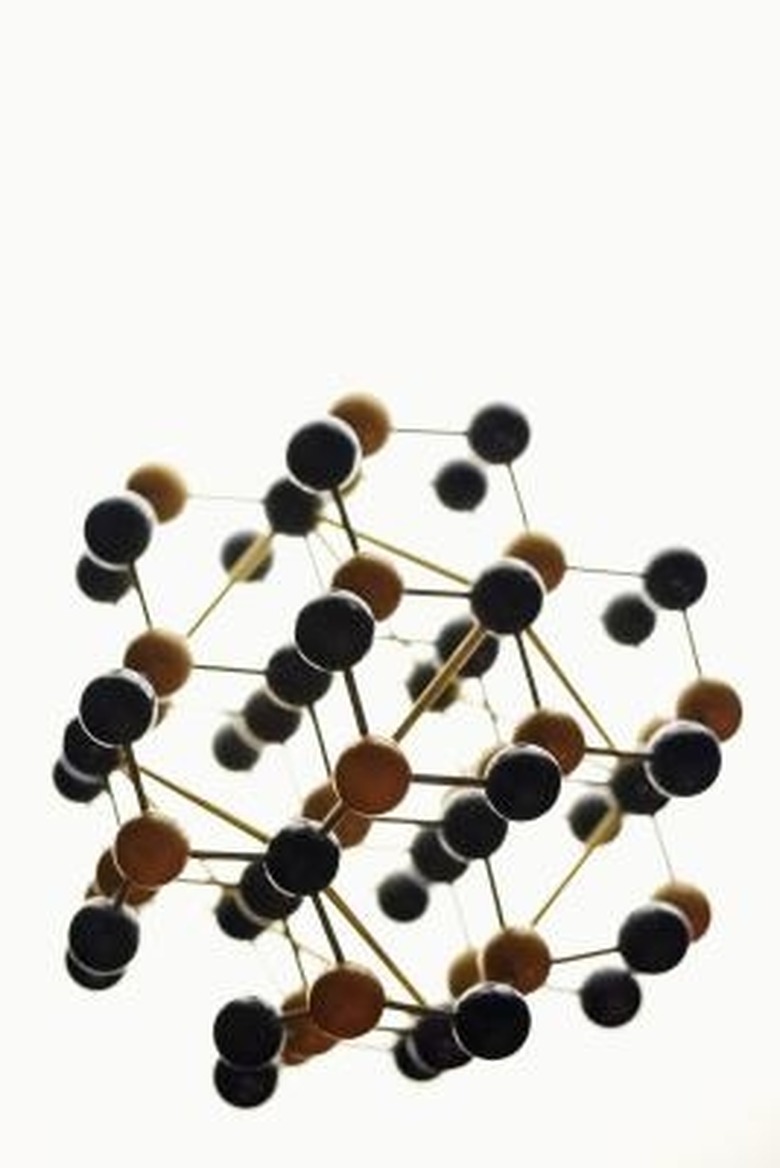What Is Atomic Bonding?
Atomic bonding is chemical bonding. Chemical bonding is the physical process that is responsible for the interactions between atoms and molecules. Bonds vary widely; there are covalent, ionic, hydrogen, metallic, as well as many other types of bonds, and all have a working connection in all living things. There are two different types of atomic bonds; primary and secondary. The primary bonds produce chemical bonds that hold atoms together.
Types of Atomic Bonds
Types of Atomic Bonds
Atomic bonds have two types of bonds; primary and secondary bonds, and the primary bonds have three types of bonds, metallic, covalent, and ionic. The secondary bonds also subsections of bonds, and are considered the weaker elements.
Metallic Bond
Metallic Bond
Metallic bonds are a metal, and share outer bonds with atoms in a solid. Each atom gives off a positive charge by shedding its outer electrons, and the negatively charges electrons hold the metal atoms together.
Ionic Bond
Ionic Bond
Atoms are filled with an outer shell of electrons. Electron shells are filled by transferring electrons from one atom to the next. Donor atoms will take on a positive charge, and the acceptors will have a negative charge. They will attract each other by being positive and negative, and bonding will then occur.
Covalent Bonds
Covalent Bonds
Atoms like to share their electrons and this causes their outer shell to be complete. A covalent bond is produced by the sharing of atoms and electrons. This produces a strong covalent bond.
Secondary Bonds
Secondary Bonds
Secondary bonds are significantly weaker than primary bonds in that they often produce weak links, and create deformations in the bond. Secondary bonds include hydrogen and van der wals bonds.
Hydrogen Bonds
Hydrogen Bonds
A common bond is a hydrogen bond. They are most common in covalently bonded molecules that contain hydrogen. Hydrogen bonds share between covalent and oxygenated atoms. This leads to very small electrical charges around the hydrogen bond, and negative charges around the oxygenated bonds.
Van der Waals Bonds
Van der Waals Bonds
Van der waals bonds are the weakest bond, but are incredibly important gases, that are cooled at low temperatures. These bonds are created by small charges of positive and negative electron that produce a weak bond. Van der waals bonds are overwhelmed by thermal energy, causing them to malfunction.
Cite This Article
MLA
Martinez, Emily. "What Is Atomic Bonding?" sciencing.com, https://www.sciencing.com/what-atomic-bonding-4699380/. 24 April 2017.
APA
Martinez, Emily. (2017, April 24). What Is Atomic Bonding?. sciencing.com. Retrieved from https://www.sciencing.com/what-atomic-bonding-4699380/
Chicago
Martinez, Emily. What Is Atomic Bonding? last modified August 30, 2022. https://www.sciencing.com/what-atomic-bonding-4699380/
